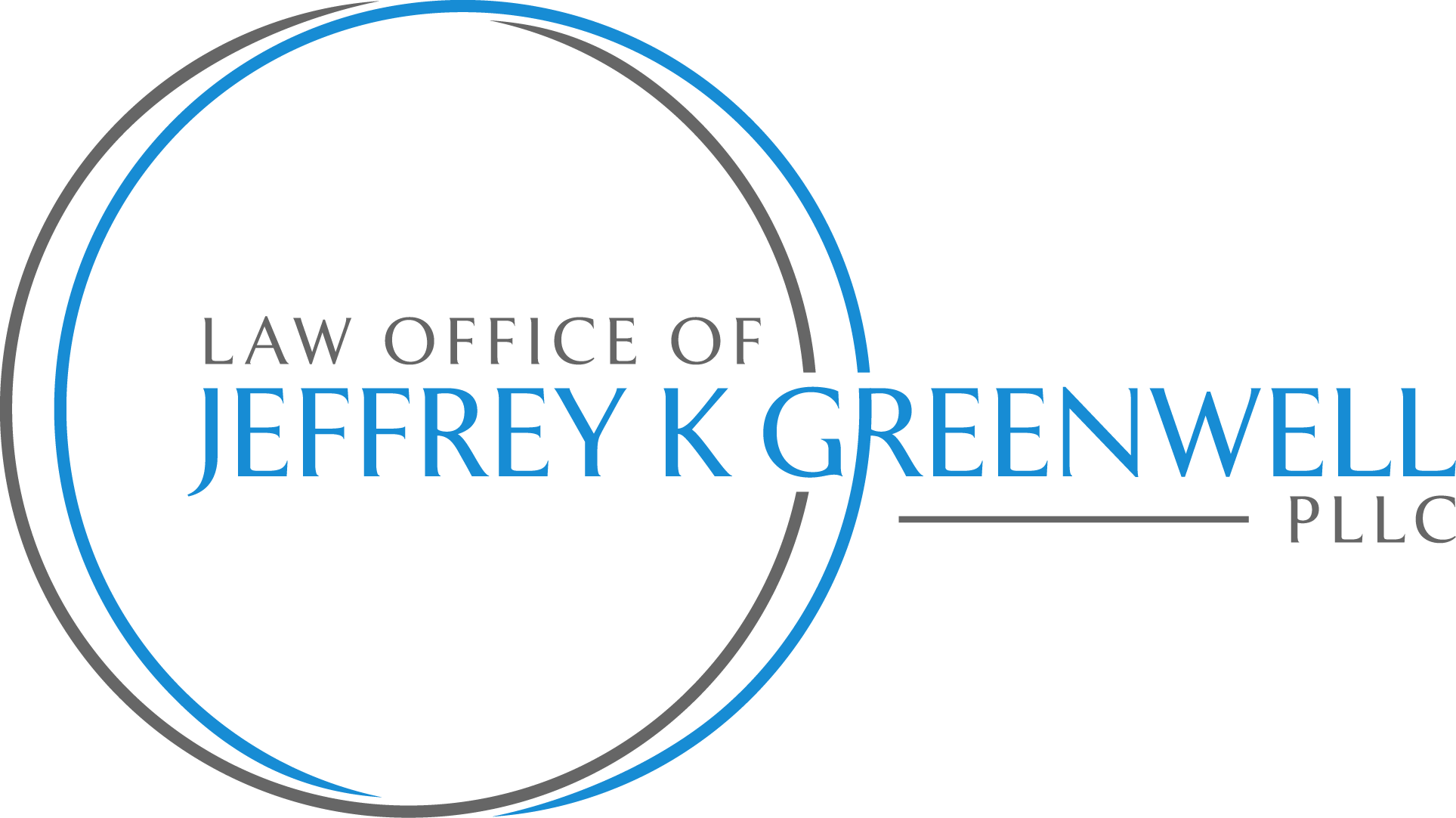You have some wiggle room if you either want to get out of your bankruptcy case or change to the other Chapter.
_________________________
After starting your bankruptcy case your circumstances could suddenly change or for some other reason you may no longer want to be in the bankruptcy case that you’re in. Getting out of the bankruptcy court altogether—dismissing your case—is not very easy in a Chapter 7 case, easier in a Chapter 13 one. Changing from one Chapter to the other—converting the case–is usually allowed. We start today with some reasons why you might want to dismiss or convert, and then in the next two blogs talk about dismissal and conversion first under Chapter 7 and then under Chapter 13.
_________________________
The reasons why this whole conversation is worthwhile:
• It’s smart to know, before choosing to file a bankruptcy case, whether you will be able to dismiss or convert your case, and what it might take to do so.
• By hearing in advance about the kinds of situations which might induce you to want to get out of a bankruptcy case, you’ll be more careful and better informed when you do choose to file a case.
•After your case is filed, you’ll understand your options better if something happens that might make you consider either dismissing or converting your case.
Why Dismiss or Convert?
To put this into context, what types of situations would lead to a person to want to get out of a bankruptcy case after presumably giving the decision a lot of thought beforehand?
Although some situations could apply to both Chapter 7 and 13, these two procedures are very different in two very practical ways so that the situations that would motivate you to get out of the case tend to be different. The two big differences are their length and likelihood of successful completion:
• most Chapter 7 cases usually lasts only about three months, compared to three to five years for a successful Chapter 13 case; and
• most Chapter 7 cases are completed successfully (at least those where the debtors are represented by an attorney), while a significant percentage of Chapter 13 cases are not.
Why Would You Want to Dismiss or Convert Under Chapter 7?
Under Chapter 7 “straight bankruptcy,” there’s a lot less that can go wrong and a lot less time for your circumstances to change. The focus is on your assets and debts at a fixed moment in time, at the point your case is filed. So if a careful analysis of your financial situation at that time indicates that your case meets the requirements of Chapter 7, not much should change that.
Here are some problems that can nevertheless arise making you wish you could get out of your Chapter 7 case:
• Although assets are fixed as of the date of filing, under Section 541(a)(5) of the Bankruptcy Code, if a relative dies within 180 days of the filing of your case leaving you as the beneficiary of an inheritance or a life insurance policy, that inheritance or insurance proceed becomes available to pay your creditors.
• If shortly after filing your case you have an accident and incur significant new medical debts because of having insufficient medical insurance, the new debt cannot be included and discharged in your case because that debt did not exist when your case was filed.
• You may be unaware at the time your case is filed that you have a legal right to a valuable asset, for example you did not know that your parents’ vacation home had been secretly deeded to you and your siblings.
Why Would You Want to Dismiss or Convert Under Chapter 13?
Under Chapter 13 “adjustment of debts bankruptcy,” there’s a lot more going on and so a lot more that can go wrong than in a Chapter 7 case. A Chapter 13 plan lays out how much and when the various creditors will be paid (if at all), and creditors can object to the plan and sometimes force it to be changed before it’s approved by the bankruptcy judge. Then you have to comply with the terms of the plan, over the course of three to five years, which give a lot of time for your circumstances to change. The focus is on your financial life not at a fixed moment in time but rather throughout the years of your case. Your Chapter 13 plan usually assumes that your income and expenses will stay the same, or else sometimes tries to predict how they will change into the future. Either way, those assumptions come with risk.
So all kinds of things can happen which could make you wish you could get out of your Chapter 13 case, but here are some representative examples:
• Your plan is designed around your desire to save your home, but a year or so later you find a job which requires you to move, taking away the primary purpose of your case.
• You filed a joint Chapter 13 case with your spouse, but two years later you go through a divorce, totally changing your financial life.
• Your income is significantly reduced permanently; so much so that even amending your Chapter 13 plan is not feasible, making you no longer eligible for Chapter 13.
• Your income is significantly increased a year into your case; so much so that you become obligated to amend your plan to pay most or all of your debt.
Again, the next two blogs will be about getting out of Chapter 7 and then Chapter 13, in situations like the examples given above.

